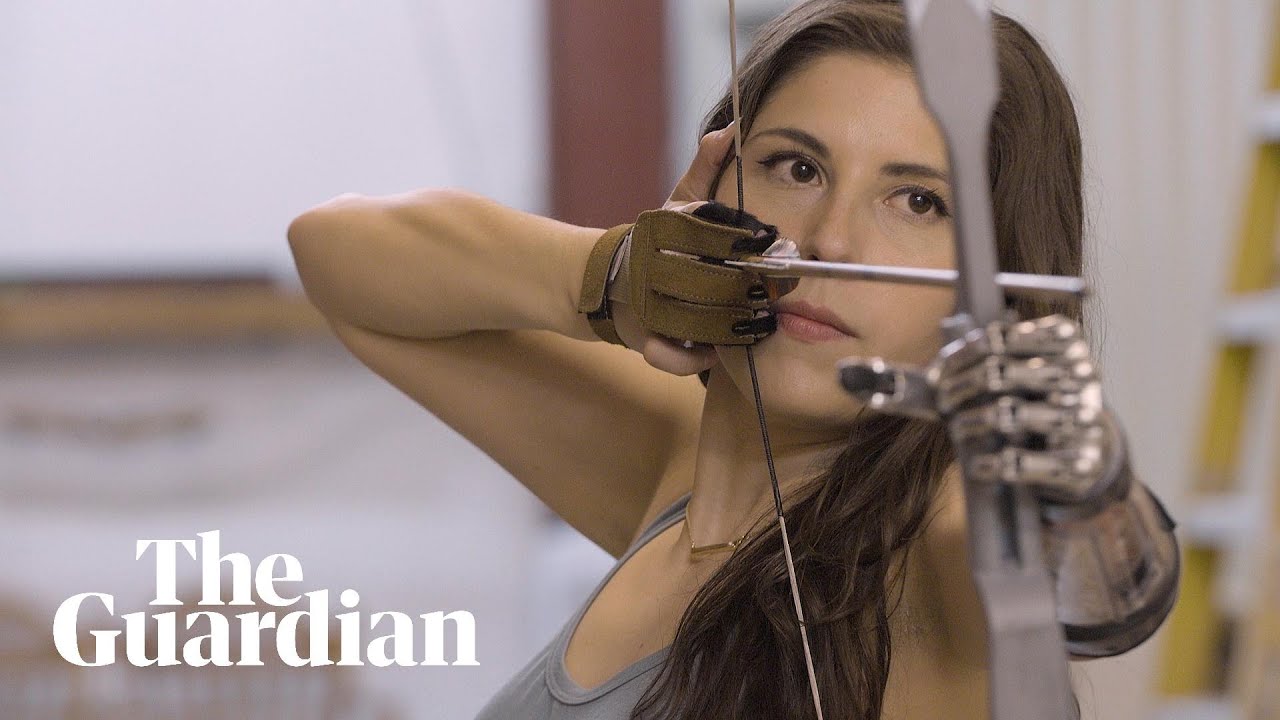Beyond bionics: how the future of prosthetics is redefining humanity

Bionic technology is removing physical barriers faced by disabled people while raising profound questions of what it is to be human.
From DIY prosthetics realised through 3D printing technology to customized AI-driven limbs, science is at the forefront of many life-enhancing innovations
Advances in technology have changed the face of prosthetics in ways that were once unimaginable. Today, prosthetic limbs are far more than mere static attachments; they incorporate artificial intelligence, sensors, and advanced materials to give amputees the ability to sense and interact with the world in truly remarkable ways. With the use of advanced prosthetics, amputees can perform previously impossible tasks with ease, and the future promises even more amazing advancements.
Prosthetics have come a long way since the early days of wooden peg legs and hook hands. Today, cutting-edge prosthetic devices offer a range of features to help amputees regain their abilities and even surpass them. These devices are no longer simple attachments, but rather elements that are integrated into the human body, offering users the ability to feel, move, and function like a natural limb. Perhaps the most significant development in modern prosthetics is the integration of advanced sensors, which have revolutionized the way we think about limb replacement. These sensors can detect and interpret various signals from the body, such as muscle movement or nerve impulses, and translate them into movements of the prosthetic limb.
Scientists and engineers working in the field of prosthetics are redefining what it means to be human. Consider Zac Vawter, who in 2012 became the first person to climb over 100 floors of Chicago’s Willis Tower with a bionic leg. This achievement was a major milestone in the field of prosthetics, demonstrating that even activities that were once the exclusive domain of the able-bodied can be accomplished by amputees using advanced prosthetics. Today, prosthetics are being developed that allow users to perform complex movements like typing or knot-tying, as well as more everyday activities like walking, running, and climbing stairs.
Beyond helping amputees regain their physical abilities, modern prosthetics are also helping to improve their quality of life. For example, advanced prosthetics help users avoid falls and other accidents, reducing the amount of pain and discomfort that comes with injury or overuse of the remaining limb. Additionally, modern prosthetics are designed to be more comfortable, lighter, and less noticeable, making them both more appealing to users and less likely to draw unwanted attention.
As the future of prosthetics continues to evolve, we can expect to see even more dramatic advancements. In the coming years, prosthetics will likely incorporate advanced technologies like nanotechnology, bioprinting, and even autonomous systems. These technologies could allow prosthetics to integrate more seamlessly with the human body, offer more lifelike movements, and even go beyond traditional prosthetics to create fully functional bionic limbs that surpass the abilities of natural limbs.
In conclusion, prosthetics have come a long way since the early days of crude wooden limbs. Today, prosthetics are sophisticated, high-tech devices that offer amputees the ability to perform a range of activities that were previously impossible. As we move into the future, we can expect even more dramatic innovations in the field of prosthetics, redefining what it means to be human and demonstrating the power of technology to transform lives.









The Top 10 Most Promising Medical Technologies UPDATED – The Medical Futurist
He built a monster machine! – Guinness World Records
Finland Might Have Solved Nuclear Power’s Biggest Problem
The Try Guys Try 13 Future Technologies At Google
Real-life ‘Iron Man’ showcased his jetpack technology to military teams.